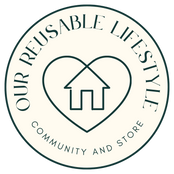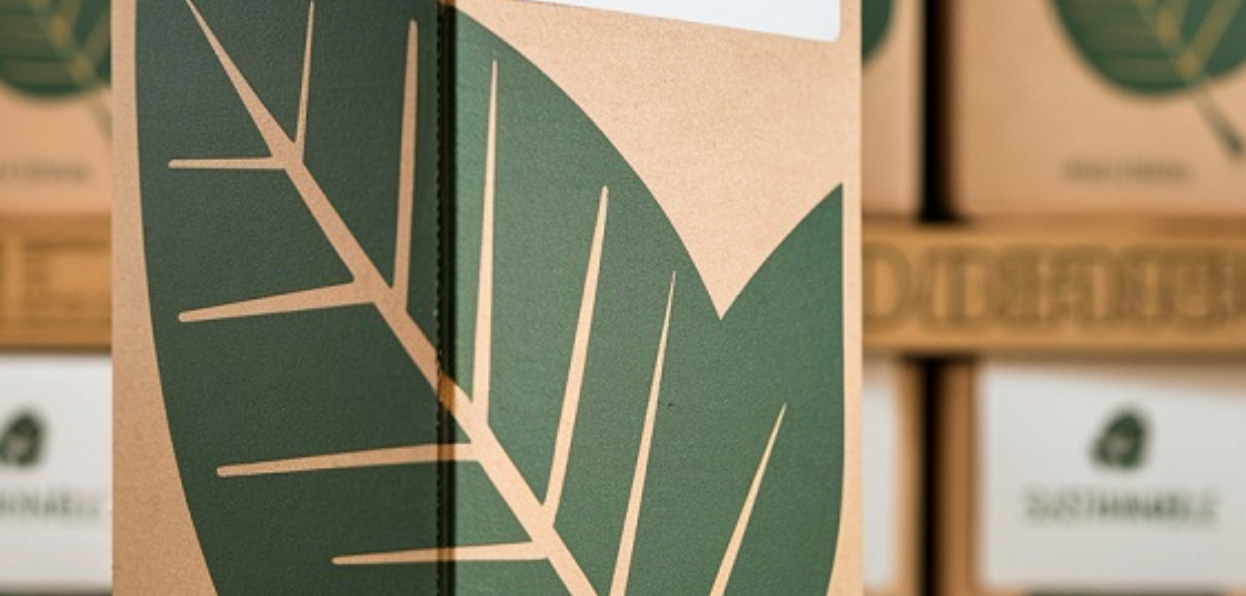Animal-friendly materials like cork and hemp are gaining popularity in various industries due to their sustainable and eco-friendly properties. Let's delve into the world of these innovative materials and discover their unique characteristics.
What makes cork a sustainable choice?
Cork is a natural material harvested from the bark of cork oak trees. The harvesting process is environmentally friendly as it does not harm the trees, which continue to grow and regenerate their bark. This makes cork a renewable and sustainable resource, with some cork oak trees living for over 200 years.
Why is hemp considered an eco-friendly option?
Hemp is a versatile plant that requires minimal water and no pesticides to grow. It is known for its fast growth rate and ability to thrive in various climates, making it a sustainable alternative to traditional crops. Hemp fibres are strong, durable, and biodegradable, making them ideal for a wide range of applications.
What are the benefits of using cork and hemp in products?
Both cork and hemp offer a range of benefits when used in products. Cork is lightweight, water-resistant, and has natural antimicrobial properties, making it ideal for items like flooring, accessories, and even wine stoppers. Hemp, on the other hand, is breathable, moisture-wicking, and UV-resistant, making it perfect for clothing, textiles, and even building materials.
How can consumers support the use of animal-friendly materials?
By choosing products made from cork and hemp, consumers can support sustainable practices and reduce their environmental impact. Look for items that are labeled as being made from these materials and educate yourself on the benefits of using animal-friendly alternatives.
As the demand for sustainable and eco-friendly materials continues to grow, cork and hemp are poised to play a significant role in shaping the future of various industries. Embracing these animal-friendly materials not only benefits the environment but also promotes a more ethical and responsible approach to production and consumption.




